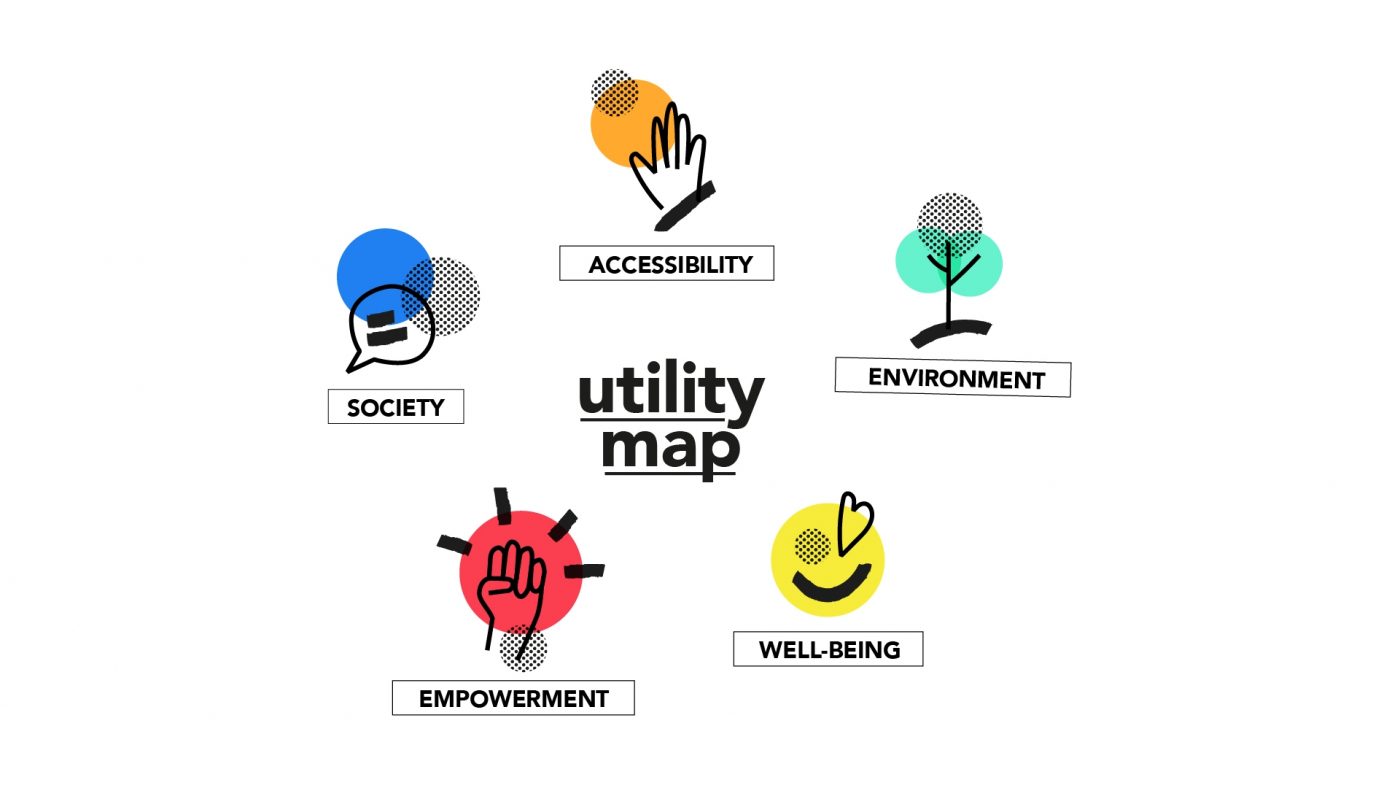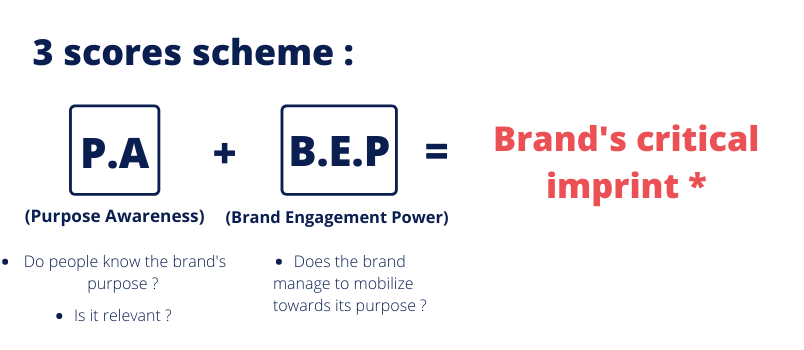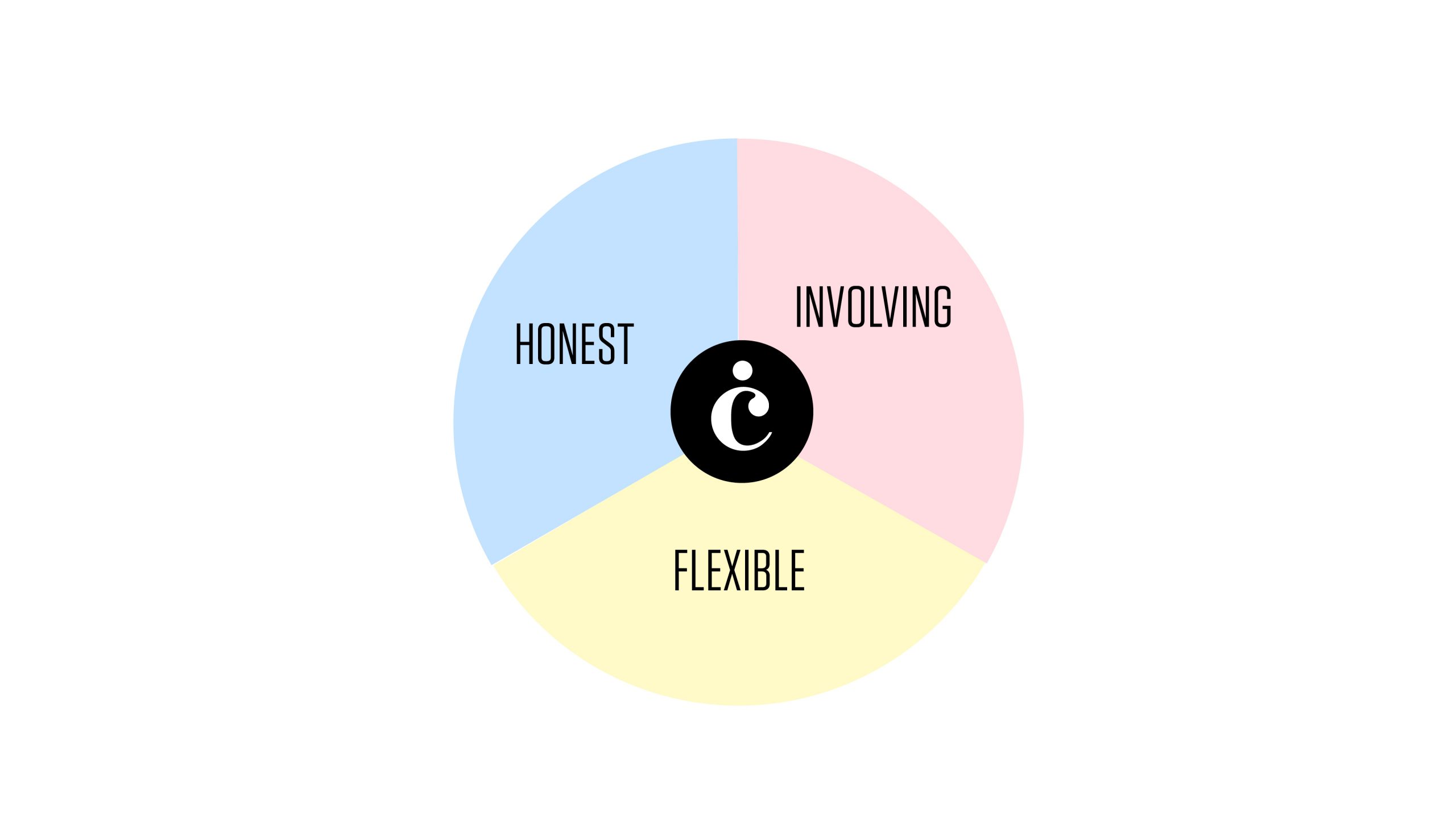The role of the brands in our society has changed and this is no big news for anyone. Brands can no longer exist only to be a source of revenue for their entrepreneurs. Today, the ticket to enter or maintain a position in the market is to (re)think the brand’s fundamentals with much more conscience of its impacts in the world and find a reason why to exist that goes beyond profit. Some of the biggest companies, such as Unilever, have already started this mindset switch.
In a society where change is the key word, brands (and of course the companies behind these brands) have more responsibility than ever and have to use their social and financial influence to be useful, in some way, to the world and to their surroundings (Figure 1).

brands have a strategic role to play: they must convey an experience, a culture (including attitudes, worldviews, behaviors, ideological positions, etc.) that the individual will be able to adhere to and reproduce. But giving one step forward, more than generating identification, brands can also engage those who are sensitive to their purpose to generate positive changes in the way they think, behave or consume to, consequently, drive positive impacts in our society (Figure 2).
Daniel Bo, in “Brand content”


In this new dynamic, the relationship between brands and consumers moves from a purely transactional one, focused only on the product and its price to another, much more human and collaborative, based on the sharing of similar values and beliefs (Figure 3).
Within this scenario a challenge appears: since forever marketers and communicators are used to track their brands using KPIs such as awareness, consideration, leads, preference, affinity, ROI and etc. Until now, all these metrics worked as ways to monitor and predict purchase and therefore, profit.
But if we are moving to a less transactional “brand market”, should we continue to measure brand performance based only on its capacity to sell a product or a service?
As said at the very beginning of this text, brands play a larger role in our society nowadays and we need to review the way we measure their performance to keep pace with their own evolution. Besides sales capability, we have to be able to capture if the brand manages to define a recognizable and truthful purpose which people can relate to (purpose awareness) and then its ability to mobilize people towards this belief (brand engagement power)
(figure 4).

The way to measure this new type of brand performance is still being built and tested in different research and consultancy firms, and each one will probably come up with its own BPI (brand performance indicator), with a different naming and a different methodology in 3 or 5 years from now. However, two key points need to be taken into account in all these approaches, regardless of who built them :
Brand-building is not an exact science and so it shouldn’t be measured using only numbers. It’s factual and emotional at the same time and created in the sum of various experiences : from the consumer identification with the brand offer and positioning to its design ecosystem (logo, store, pack, site, colors…). This last one being responsible not only for the materialization of the brand promise and purpose, but also to the consumer’s reaction/response to it (performative design).
(figure 5).

This explains why we need to craft a plural approach to encompass it all, mixing hard data with human knowledge and quantitative with qualitative methods. This mix is indispensable to have a full picture of a brand’s real life.
– We are talking about a long-term brand-building here.
In an age where digital marketing has unleashed an obsession with efficiency, leading marketers into a short-term mindset, this may sound crazy, I know. But as Peter Field of the Institute of Practitioners in Advertising says “A lot of people in management are judged quarter by quarter, and they want results, by quarter. I wish we had more CEOs and CFOs that understand if we restrain brands to the quarterly cycle, we stuff it”. So, be patient.
In short, our society is living huge transformations and brands have to adapt to it if they want to survive. It’s then a question of natural selection for us, “brand experts”, to be part of the change as well.
Natalia GALLUCCI, planneur strategic

